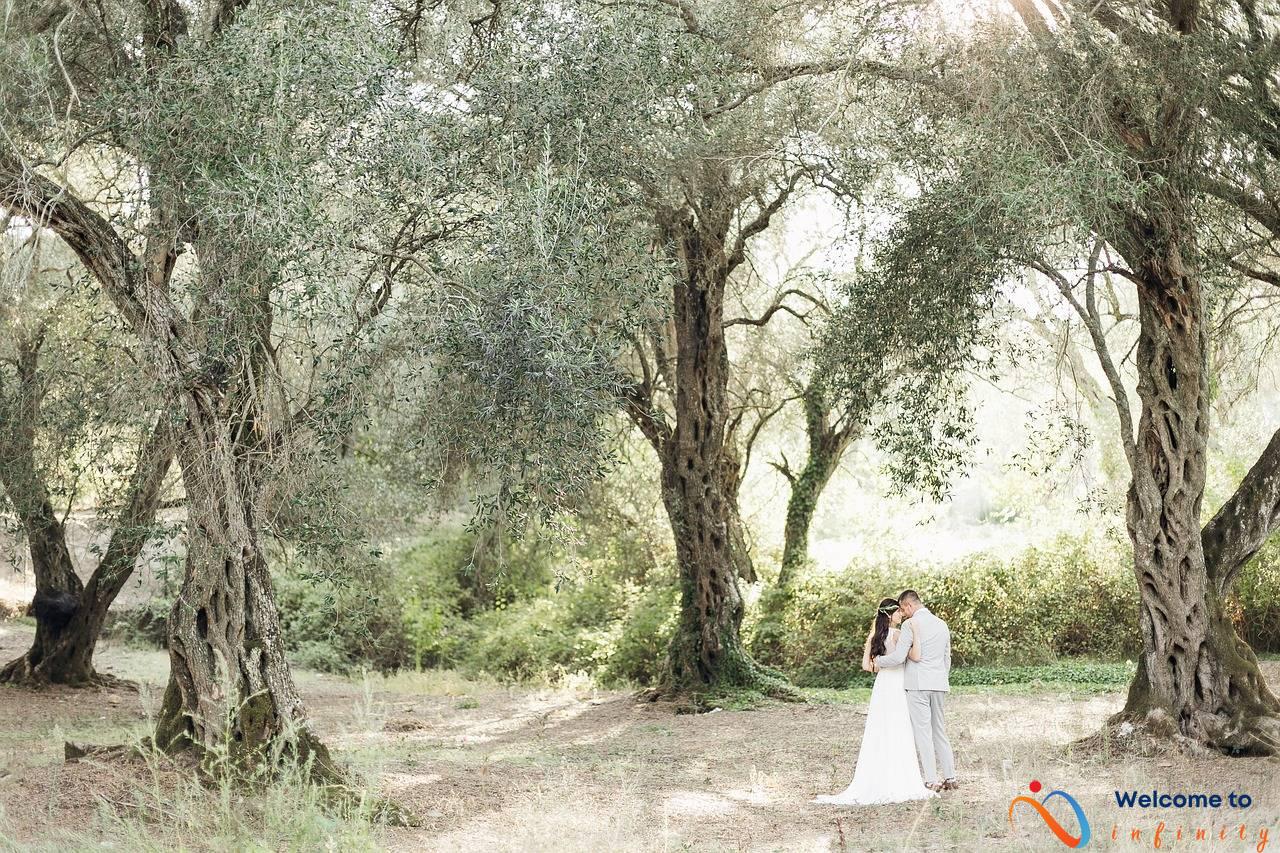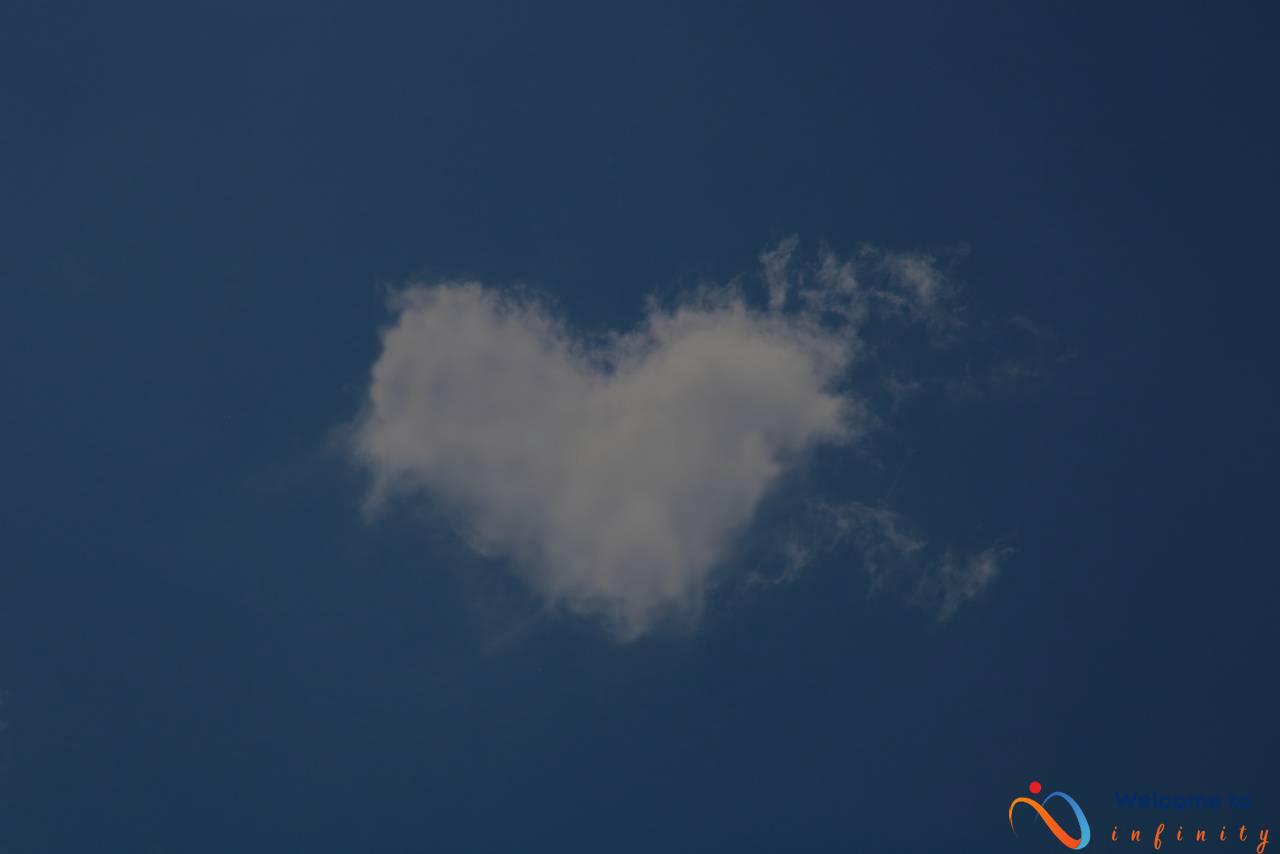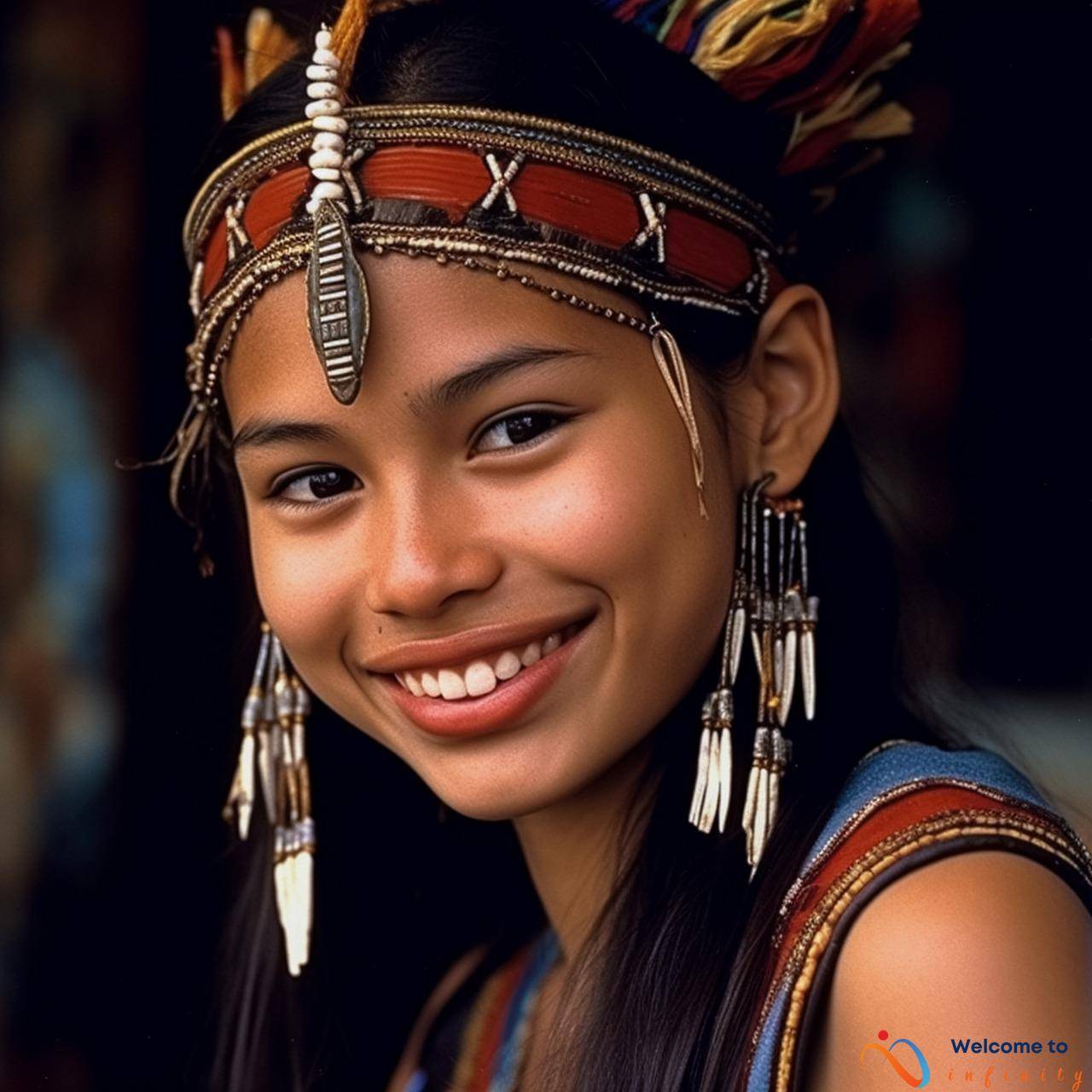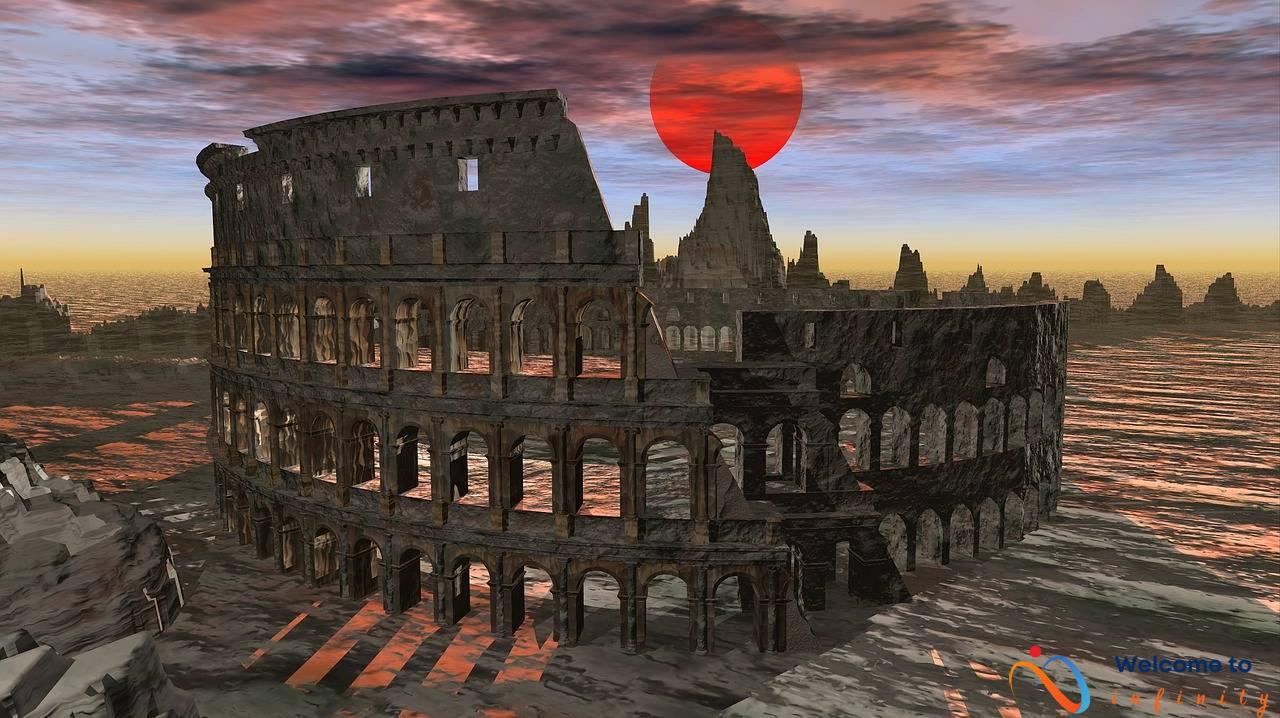Cultural festivals are an essential part of promoting diversity and unity in different parts of the world. These events celebrate the rich cultural heritage, traditions, and customs of various communities, providing an opportunity to connect people of different ethnicities, races, and religions. They offer a chance to learn about different cultures, expand one's horizons, and appreciate the beauty of varied lifestyles around the globe.
Cultural festivals are not only a celebration of traditions, but they also promote cross-cultural understanding and unity. They provide a platform to learn and appreciate the unique differences amongst us and help to bridge the gap between different cultures. Participants at these festivals enjoy a shared sense of belonging, making new friends, and breaking down any cultural barriers that exist between people. They offer a glimpse of the world and the beauty that lies within it.
Cultural festivities aim to preserve and honor the traditions and heritage of different cultures. Many of these celebrations date back generations and have a rich history that is worth preserving. By celebrating these traditions and customs, we can pass them down from one generation to another, keeping them alive for years to come. These festivals provide a valuable opportunity to showcase the beauty of different cultures to the world, and in turn, preserve their identity in an ever-changing global community.
In conclusion, cultural festivals play an essential role in promoting unity, celebrating traditions, and diversity globally. They serve as a platform for fostering connections between people from different parts of the world, breaking down cultural barriers, and promoting cross-cultural understanding. By attending these events, communities celebrate their heritage and create a sense of belonging amongst participants. They offer a unique opportunity to learn, appreciate, and respect cultures worldwide, making them an excellent source of education and entertainment. These festivals provide an experience of a lifetime and an opportunity to soak up the rich cultural heritage of the world.
Diwali Festival in India
Diwali, also known as the Festival of Lights, is one of the biggest and most important festivals in India, celebrated by Hindus, Jains, and Sikhs alike. The festival usually falls between mid-October and mid-November, and the exact dates vary each year according to the Hindu lunar calendar.
The significance of the festival is multifaceted. For Hindus, Diwali is associated with the return of Lord Rama, the seventh incarnation of Lord Vishnu, from his 14-year exile and his victory over the demon king Ravana. The festival is thus a celebration of the light of knowledge triumphing over the darkness of ignorance. Diwali is also associated with the goddess Lakshmi, the goddess of wealth and prosperity, and many people make offerings to her during the festival.
Diwali is celebrated in a variety of ways across India, but a few traditions are common to most celebrations. The lighting of diyas, or earthen lamps, is a prominent feature of the festival, symbolizing the triumph of light over darkness. Homes are decorated with colorful lights and rangolis, intricate patterns made on the floor with colored powders, flowers, and other materials.
Another notable aspect of Diwali is the exchange of sweets and other gifts among family and friends. Many people also light firecrackers and set off colorful fireworks displays during the festival. However, in recent years, there has been growing concern about the environmental impact of firecrackers, and some local governments in India have banned or restricted their use during Diwali.
Overall, Diwali is a time of joy, celebration, and renewal for millions of people in India and around the world. It is a festival that emphasizes the importance of knowledge, goodness, and prosperity, and promotes unity and social cohesion among diverse communities.
Carnival in Brazil
One of the most famous cultural festivals in the world is the Carnival in Brazil. This vibrant festival is celebrated annually in the week leading up to Lent and is an explosion of music, dance, and parade that attracts visitors from all over the globe.
Aside from being a celebration of culture and tradition, the Carnival in Brazil is also a political statement. The festival emerged as a way for enslaved Africans to express themselves and their culture, resisting their oppressors and celebrating their freedom.
The Carnival is celebrated in different regions of Brazil, but the most famous one takes place in Rio de Janeiro. The festivities comprise elaborate parades of samba schools, which are large groups of dancers, musicians, and performers who compete against each other for the title of champion.
The Carnival in Brazil is a true feast to the senses, with bright colors, extravagant costumes, and contagious music that make it impossible not to dance and celebrate. It is not only a celebration of diversity and cultural heritage but also a reminder of the struggles and resilience of Afro-Brazilian communities.
Mardi Gras in New Orleans
Mardi Gras, meaning “Fat Tuesday” in French, is a centuries-old tradition associated with the Christian season of Lent. It is a time of revelry, celebration, and indulgence before the fasting and sacrifice of Lent. Mardi Gras has become an iconic celebration of New Orleans, Louisiana, with its flashy parades, elaborate costumes, and lively music.
The first Mardi Gras parade in New Orleans was held in 1837, and the tradition has only grown since then. Each year, different organizations or “krewes” plan and create their own Mardi Gras parades and balls, complete with intricate floats, marching bands, and costumed participants tossing beads and other trinkets to the crowds.
One of the most well-known and highly anticipated events during Mardi Gras in New Orleans is the Krewe of Zulu parade. This krewe, founded in 1909 by African American men, features floats and costumes inspired by African culture and traditions. The krewe also hands out coconuts instead of the typical beads or doubloons, which has become a highly sought-after prize among Mardi Gras-goers.
- In addition to parade floats and costumes, Mardi Gras in New Orleans is also known for its signature foods, such as King Cake, gumbo, and jambalaya.
- The festivities of Mardi Gras last for several weeks, culminating on Fat Tuesday, the day before the beginning of Lent.
- Mardi Gras brings people from all walks of life to New Orleans to experience the spirited celebration of life, music, and community.
Mardi Gras is not just a party, but an iconic representation of the unique culture and spirit of New Orleans, and a celebration of the traditions and heritage of its diverse communities.
Rio de Janeiro Carnival
Rio de Janeiro Carnival is one of the biggest and most famous festivals in the world, held annually before Lent. It is a 5-day festival filled with music, dance, and colorful parade performances. The highlight of the festival is the Samba Parade, where the city's top samba schools compete against each other to showcase their choreography, costumes, floats, and music.
The Sambodromo, a purpose-built parade route, is where the Samba Parade takes place. Thousands of spectators gather there to witness the flamboyant costumes and headdresses, intricate dance moves, and the lively rhythm of samba music, a mix of African and Brazilian beats. Visitors can also attend street parties, known as “blocos,” and participate in dancing, singing, and drinking.
The Rio de Janeiro Carnival is not only a celebration of music and dance but also a cultural and political statement, showcasing Brazil's rich cultural diversity and promoting social inclusion. It is a time for people from every part of the world to come together and celebrate life, love, and happiness.
Notting Hill Carnival
Notting Hill Carnival is a two-day long street festival held annually in London, UK. It is a celebration of Caribbean culture and heritage, and one of the largest street festivals in the country. The carnival began in 1964 as a small indoor event for London's Caribbean community, and has evolved into a massive outdoor event attracting millions of visitors from around the world.
The Notting Hill Carnival is a colorful and vibrant celebration of music, dance, and food. There are live performances from local and international artists, and a wide variety of Caribbean dishes and beverages. The streets are filled with stalls selling souvenirs, clothes, and jewelry made by local artisans. The event also features a parade with colorful costumes and floats, led by the Carnival Queen and King.
The Carnival is not only a celebration of Caribbean culture, but it also symbolizes the growing diversity of London's multicultural communities. The event brings people of different races, religions, and backgrounds together, to celebrate their similarities and differences. Notting Hill Carnival is a perfect example of how cultural festivities can break down barriers and promote unity.
- Started in 1964 as a small indoor event.
- Now one of the largest street festivals in the UK.
- Celebration of Caribbean culture and heritage.
- Features live performances, food, and a parade.
- symbols the diversity of London's multicultural communities.
In conclusion, Notting Hill Carnival is a fantastic event that should be experienced by everyone. It is a testament to the power of cultural festivals to bring people together, celebrate diversity, and promote cross-cultural understanding. So, if you happen to be in London during the Carnival period, don't miss the opportunity to immerse yourself in one of the largest cultural celebrations in the UK.
Oktoberfest in Germany
Oktoberfest, the largest beer festival in the world, traces its origins back to the early 19th century in Munich, Germany. In 1810, the festival was introduced as a public celebration of the wedding between Prince Ludwig of Bavaria and Princess Therese von Sachsen-Hildburghausen. The initial festivities evolved into a yearly event that now spans over two weeks and attracts millions of visitors from all over the world.
The beer served at Oktoberfest is brewed according to the strict German Purity Law, or Reinheitsgebot, which stipulates that beer must contain only four ingredients: water, malt, hops, and yeast. This ensures that the beer is of the highest quality and taste. The festival also features traditional German foods, such as sausages, pretzels, and roasted chicken, as well as carnival rides and games.
Oktoberfest has grown in popularity over the years and is now celebrated in many parts of the world, with events held in cities such as New York, Shanghai, and Sydney. However, the festival in Munich remains the largest and most celebrated, attracting over six million visitors annually. The festival is a symbol of German culture, hospitality, and love of beer.
- The festival begins with the opening ceremony, which features the tapping of the first keg of Oktoberfest beer by the mayor of Munich.
- The beer tents, or beer halls, are the heart of the festival, where visitors can enjoy live music, dance, and, of course, beer. The largest beer tent can hold up to 10,000 people.
- The festival also features a parade of traditional German costumes, horse-drawn carriages, and marching bands.
- Oktoberfest's popularity has not been without controversy. In recent years, concerns have arisen regarding excessive alcohol consumption and the environmental impact of the festival. Organizers have taken steps to address these issues, such as promoting responsible drinking and reducing waste.
Overall, Oktoberfest is an iconic cultural festival that celebrates German history, tradition, and, of course, beer. It is a time for people from all over the world to come together, enjoy good food and drink, and celebrate life.
Holi Festival in Nepal and India
Festival of Colors. Holi is mainly celebrated in Nepal and India, although it has gained popularity in other parts of the world in recent years. The festival is typically held in the month of March and lasts for two days. It is a time for people to forget their differences and come together to celebrate the arrival of spring.
During Holi, people gather together to dance, sing, and throw colored powder and water at each other. The festival is believed to have originated as a celebration of fertility and the victory of good over evil, and is steeped in Hindu mythology. On the first day of the festival, people gather wood and other materials to build a bonfire. The following day, known as Rangwali Holi, is when the colorful powder and water are thrown.
Holi is a time when people of all ages and backgrounds come together to celebrate unity and joy. It is a time for forgiveness, friendship, and new beginnings. The festival has gained popularity outside of India and Nepal in recent years, with events taking place in cities around the world.
In conclusion, Holi is an ancient Hindu festival that celebrates the arrival of spring and the victory of good over evil. It is a time of unity, forgiveness, and new beginnings, marked by the throwing of colored powder and water. The festival has gained popularity around the world, and serves as a symbol of cross-cultural understanding and celebration of diversity.
Festival of Colors,
The Festival of Colors, also known as Holi, is a popular Hindu festival celebrated in Nepal, India, and other parts of the world. The festival is typically observed in late February or early March to mark the arrival of spring and celebrate the triumph of good over evil. During the festival, people gather in public spaces, throw colored powders or gulal, and smear each other's faces with various hues to spread joy and happiness.
The history of the Festival of Colors dates back to ancient Hindu mythology, where the festival stems from the story of Prahlada, a devout follower of Lord Vishnu, and his father Hiranyakashipu, a demon king. According to the legend, Hiranyakashipu wanted to kill his son for disobeying his orders and worshiping Lord Vishnu. However, Prahlada's devotion and bravery saved him, and the demon king eventually met his end. As a result, the festival symbolizes the victory of good over evil, light over darkness, and knowledge over ignorance.
The Festival of Colors is more than just a celebration of spring and victory; it is a time for reunions, forgiveness, and renewal of relationships. The festival encourages people of all ages, genders, and social backgrounds to come together to celebrate unity and diversity. In addition to the colorful powder fights and music, the Festival of Colors also involves traditional sweets and delicacies, music and dance performances, and storytelling.
In conclusion, the Festival of Colors is a vibrant and joyous event that promotes equality, joy, and unity. The festival's colorful powders and unique traditions make it one of the most visually stunning and memorable events in the world. So, join in the festivities, indulge in the sweets, and enjoy a day to celebrate peace, love, and happiness.
celebrated in Nepal, India, and other parts of the world, marking the arrival of spring.
The Holi Festival, also known as the Festival of Colors, is celebrated in Nepal, India, and other parts of the world, marking the arrival of spring. The festival is observed on the full moon day in the Hindu month of Phalguna, which usually falls in February or March. The day before Holi, people gather wood and other materials to create a bonfire known as Holika Dahan, which symbolizes the victory of good over evil.
On the day of Holi, people gather in the morning to throw colored powder, water, and flowers on each other, and sing and dance to traditional folk music. The festival transcends barriers of class, caste, and gender, and is celebrated by people of all ages and backgrounds. In recent years, the popularity of Holi has spread to other parts of the world, with various events and celebrations organized in different cities.
The festival has numerous legends and stories associated with it, the most popular being the story of Prahlad and Holika. According to the story, Prahlad was a devotee of Lord Vishnu, while his father, Hiranyakashipu, was a demon king who wanted to be worshiped as a god. Prahlad refused to worship his father and continued to worship Lord Vishnu. Holika, Hiranyakashipu's sister, had a boon that would protect her from fire. She sat on a bonfire with Prahlad on her lap, but the boon failed and Prahlad was saved, while Holika was burnt to ashes. The story symbolizes the triumph of good over evil, and the power of faith and devotion.
- The festival was originally associated with the farming community to celebrate good harvests and fertility of the land.
- The tradition of throwing colored powder and water was inspired by Lord Krishna, who used to play pranks with his friends and paint their faces with colors.
- The festival is also a reminder of the importance of forgiveness and letting go of grudges and disagreements, as people share sweets and embrace each other following the colorful celebrations.
Cherry Blossom Festival in Japan
The Cherry Blossom Festival, or Hanami, is an iconic cultural event celebrated throughout Japan each spring. During this time, the delicate and fleeting beauty of cherry blossom trees is celebrated as a symbol of transience, renewal, and the impermanence of life. Hanami traditionally involves gathering with friends and family under the blooming cherry trees, picnicking, drinking sake, and admiring the blossoms.
The festival has its roots in the Heian period (794-1185) when cherry blossoms became a symbol of the aristocracy and the impermanence of beauty and life. Hanami became popular during the Edo period (1603-1868) when feudal lords and samurai began holding cherry blossom-viewing parties. Since then, Hanami has evolved into a national holiday, and people across Japan gather in parks and gardens to appreciate the blooms.
The cherry blossom has become an important cultural symbol in Japan and is celebrated in various ways, including art, music, and food. Traditional Japanese confectionery, sakura mochi, is a popular treat during the festival, and many shops stock limited edition cherry blossom themed goods.
Overall, the Cherry Blossom Festival is a beloved cultural event in Japan, bringing together people from all walks of life to celebrate the beauty and fleeting nature of life. Whether you participate in picnicking under the trees, viewing the blossoms in a park or attending a cherry blossom-themed event, Hanami is an unforgettable experience that showcases the unique traditions and customs of Japan.
Day of the Dead in Mexico
The Day of the Dead or Dia de los Muertos is a vibrant and colorful celebration in Mexico, honoring deceased loved ones. This tradition dates back to the Aztec period and blends ancient rituals with Christian elements.
Family members and friends build altars or ofrendas adorned with marigold flowers, candles, and sugar skulls. The altars include offerings of the deceased's favorite food, drinks, and items that they enjoyed while alive, such as photographs and possessions. The smoke of copal incense is believed to help spirits find their way back home.
This lively celebration takes place on November 1st and 2nd, All Saints' Day and All Souls' Day, respectively. Mexicans believe that the spirits of the dead return to visit their families during this time. The festivities serve to reconnect the living and the dead and acknowledge the cycle of life and death.
The Day of the Dead is also a time for music, dance, and parades. People don costumes and makeup resembling skeletons, parade through the streets, and dance to traditional music. It is a festive and joyous occasion that involves the whole community.
Despite its macabre subject matter, the Day of the Dead is not a mourning ceremony, but a celebration of life. It is an all-inclusive cultural event that showcases the beauty of Mexican traditions and the importance of honoring and remembering loved ones who have passed on.
Conclusion
Cultural festivals are not just about celebration and having fun; they are a way of promoting the unity of individuals from different backgrounds. These festivals help to celebrate diversity, encouraging cross-cultural understanding and providing a platform for people to honor their traditions and heritage.
By participating in cultural festivals, people gain a deeper insight into the cultures, values, traditions, and beliefs of different communities. These festivals also provide an opportunity for people to learn about and appreciate the unique customs and practices of other cultures.
Moreover, cultural festivals are a way of promoting cross-cultural relationships and reducing prejudice between different ethnic groups. They create a sense of togetherness and unity, which is essential for building strong multicultural societies.
Finally, cultural festivals help to preserve and honor the history and heritage of different communities. The festivals enable the coming generations to learn about their traditions and keep them alive for the future. Therefore, celebrating cultural festivals is critical as they serve as a link between past, present, and future generations.
In conclusion, cultural festivals are an opportunity to celebrate diversity, promote cross-cultural understanding and unity, and preserve and honor traditions and heritage. Celebrating cultural festivals is essential to building strong, multicultural societies and promoting peaceful coexistence. Let us participate in these festivals fully and celebrate the richness of our diverse cultures.










